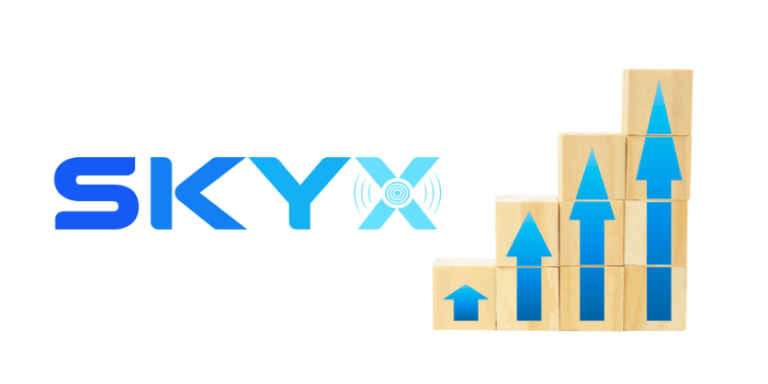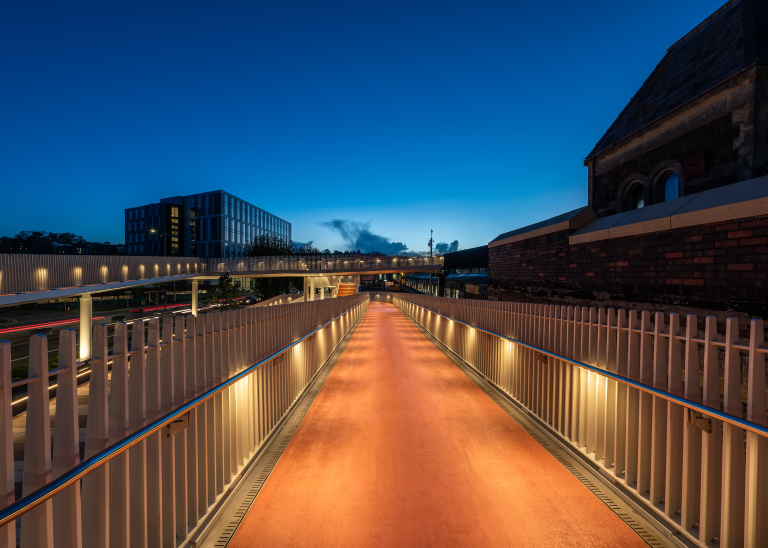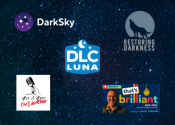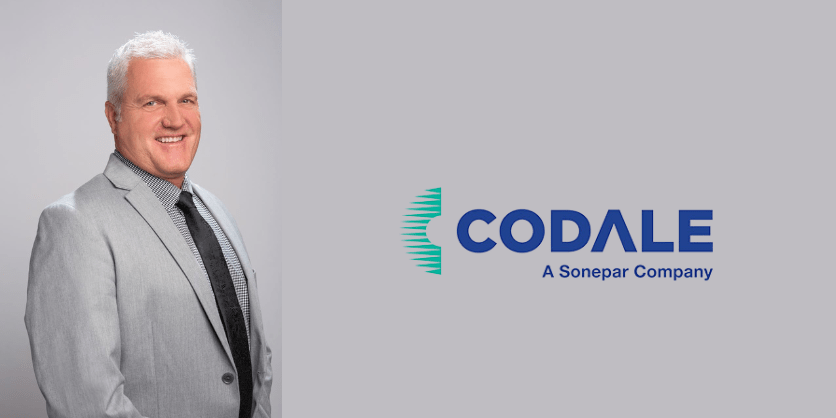Can Lightfair Make a Comeback?
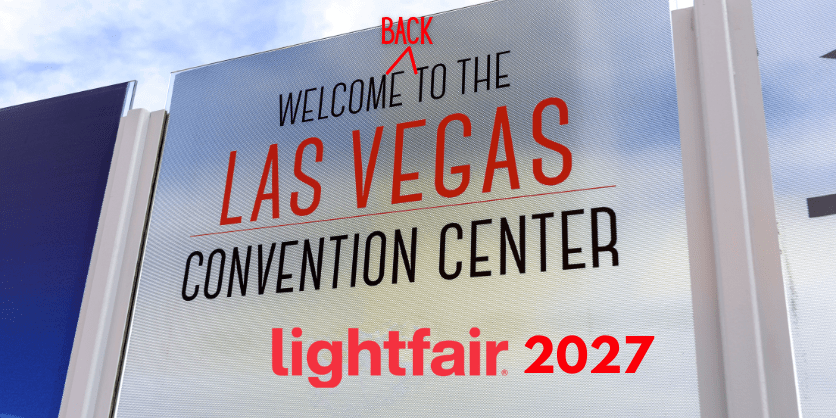
By Linda Longo
I believe the industry is in agreement that Lightfair has had several lackluster years recently, a stretch that started before the pandemic. And while the following two years (2021 and 2022) were anemic in attendance for seemingly all trade shows in the aftermath of COVID, Lightfair in particular seemed to suffer the most attrition. The sale from Andmore’s one-third ownership stake (formerly IMC) to Messe Frankfurt in 2024, only muddied the waters — even though Messe Frankfurt has enjoyed much success and respect for its expertise in organizing a wide array of trade shows for a multitude of industries, most famously Light+Building. People are wary of change, even when it’s positive change.
As mentioned previously in USLT, the behemoth show that Lightfair used to be noticeably dwindled, being shuffled into smaller halls of the same convention centers that it had previously filled to capacity. And if an exhibit hall’s footprint didn’t change, it was because companies were reportedly encouraged to take on more booth space to fill the void caused by having less exhibitors. The move to an every-other-year format (which Light+Building has had great success with) was an effort to build attendee anticipation — an absence-makes-the-heart- grow-fonder approach that also gave companies more time to develop new products using emerging technology.
So what went wrong? Smaller, scrappier trade events tailored to specific market segments began popping up all over the country. These events did not necessitate multiple days out of the office for time-pressed architectural professionals. Booths were more uniform in size (and more affordable in comparison), allowing start-up companies to have the same visual presence as major players. Less display space also led to a more edited and targeted presentation that made booth visits more succinct and the overall show faster to navigate.
Attendees and exhibitors alike told USLT that the overall vibe at this year’s Lightfair felt – to use the terms they expressed – “gloomy,” “dark,” and “under-whelming.” This could also be attributed to what appeared to be an under-lit ambiance at the registration desk as well as the exhibit floor that dampened the mood, according to some. The intent of under-lighting the entrance and show floor might have been to draw attendees to the more brightly lit exhibits like moths to a flame, but instead the subdued atmosphere left many attendees with a somber feeling.
There is one aspect of Lightfair that consistently ranks high: the quality of the educational sessions, thanks to the long-time participation of the IES. Lightfair attendees who sat in on the educational sessions said they were informative and up-to-date presentations that were also thought-provoking and well-worth their time.
For IES and IALD members, Lightfair continues to be the best venue to efficiently network with colleagues from all over North America outside of the organizations’ own regional and national events. (IES and IALD are also equal partners in the ownership of Lightfair, along with Messe Frankfurt.)
If there’s anything worse than a change in ownership/management, from a consistency standpoint, it’s a change in timing. While Lightfair will have a hiatus in 2026 (having recently gone to an every-other-year arrangement), it will return to Las Vegas yet again for 2027 — and in March instead of its typical May show dates. Attendees and exhibitors told USLT that they wished there was an alternative site instead of two consecutive Lightfairs in Las Vegas back to back. They will get their wish in 2029, however, when Lightfair will be held in Philadelphia, according to an article posted by IES. Perhaps a change of venue – even though it is a city where Lightfair has been held before – will help create excitement for the show once again. Furthermore, Messe Frankfurt has had decades of global success with its trade show network and it is hoped by all that they will hit their stride with Lightfair in its next edition.
Related articles



